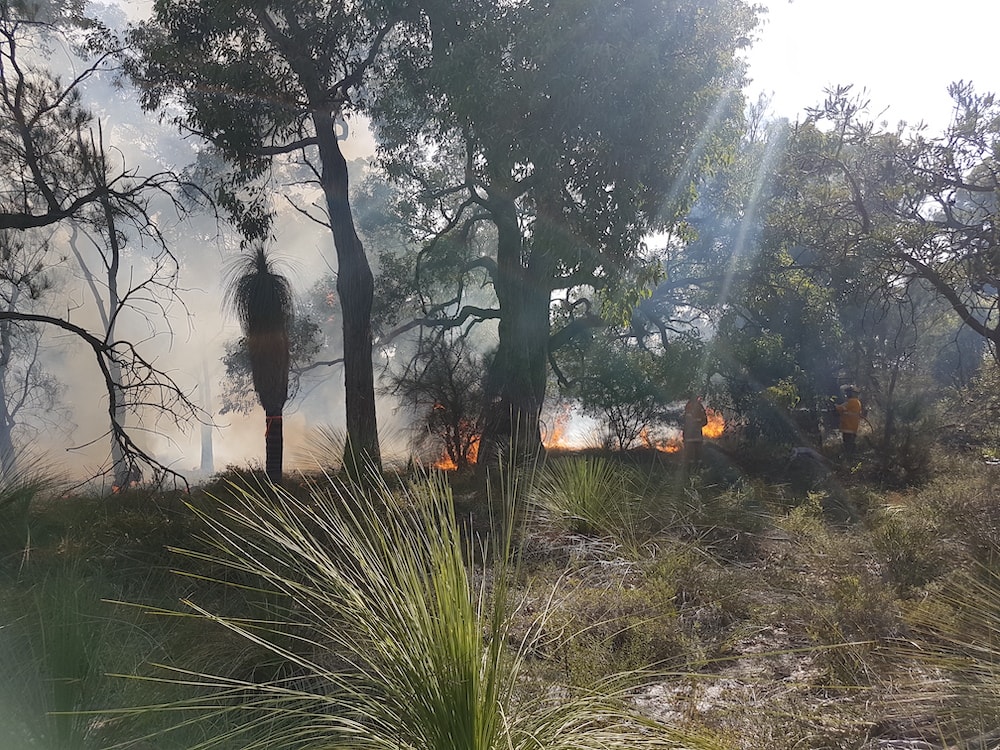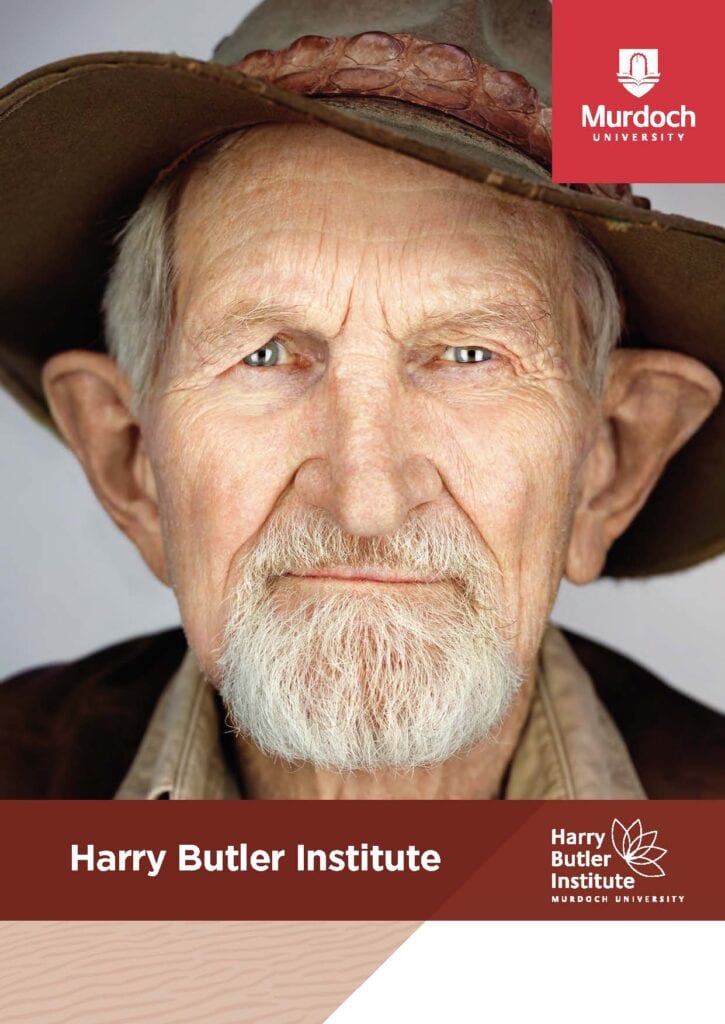Our first spotlight of the year is on Murdoch University’s Harry Butler Institute, and its research into biosecurity, terrestrial and aquatic ecosystems, energy, waste and much more. Read on to meet the researchers who are helping Australia prepare for a fierier future and provide much-needed guidance on mine closure and relinquishment.
The Harry Butler Institute in Western Australia’s Murdoch University focuses on research which integrates and balances the needs and aspirations of community, business and biodiversity.
Founded in 2017, the Institute honours the Western Australian environmental pioneer Harry Butler, who was a passionate advocate for educating both industry and the wider community that we can coexist while protecting our unique environment.
Harry was able to successfully work for and with both industry and government and at the same time, become an iconic popular figure in the Australian community.
He carried out his environmental education and science communication role through writing popular books, public speaking and presenting the long-running ABC TV nature series “In the Wild with Harry Butler”, which ran during the 1970s and 1980s.
Professor Simon McKirdy is the Pro Vice Chancellor, Harry Butler Institute and Professor of Biosecurity at Murdoch University.
“Harry Butler was an early hero of mine….Thirty years after starting my career I am now able to contribute to Harry’s legacy, and plant health and biosecurity are keys to achieving his mission. One of my proudest achievements has been to help establish the Harry Butler Institute as a tribute to an Australian who contributed so much to protecting the plant health of our native ecosystems”. (adapted from planthealthyear.org.au)
Tech-focussed research centres
The Harry Butler Institute (HBI) encompasses four tech-focussed research centres with links to end users in the energy, water, mining, health, land development, food and tourism industry sectors, plus relevant stakeholders in the State Government of Western Australia, the Federal Government and the community sector.
The centres are:
- Centre for Biosecurity and One Health
- Centre for Sustainable Aquatic Ecosystems
- Centre for Water, Energy & Waste
- Centre for Climate-Impacted Terrestrial Ecosystems
In the Centre for Climate-Impacted Terrestrial Ecosystems, core research areas are Wildlife Biology and Conservation, Terrestrial Ecosystem Management, Ecological Restoration and Urban Ecosystems.
Ecosystem research
HBI has recently reported on progress in several interesting areas of research and the following two examples sure to be of interest to the TERN community.
Preparing for a fierier future
New research is informing how, when and where prescribed burns may be used to mitigate bushfire threats while maintaining our biodiversity.
Dr Joe Fontaine is leading research to contribute to more effective fire management practices.
“Our research is exploring the consequences of intentional, prescribed burns on our biodiverse vegetation in WA. We’re considering when, where, and how often fire should be used to reduce hazard and what the biodiversity trade-offs are under a drying and warming climate.”
Dr Fontaine’s research has focussed on banksia woodlands, which are considered fire-prone and have high biodiversity value due to the range of plant species and animals that live within them.
He is partnering with the WA Department of Biodiversity, Conservation and Attractions to select parts of banksia woodlands, measure their biodiversity, burn them and remeasure them. Those burns provide insights on what happens to the vegetation and what happens to the fuel loads. Based on that, the team aims to provide recommendations on how varying the frequency of prescribed burns relates to biodiversity and fuel hazard reduction.“How long do they need between fires to do that? If it’s warmer and dryer, that’s going to slow them down. At what point does it mean you can’t have a forest because trees take longer to grow and fires are too regular? How long before forests turn into shrublands? This research is trying to understand that.”
The principles of Dr Fontaine’s research can be applied almost anywhere, with particularly strong applications in areas with similar climates, from the eastern states of Australia to Germany, Spain and California.
“Our fires are more frequent than in other areas, allowing us to research across multiple fire cycles. So, the learnings we can get from here and export to the world have massive implications.”
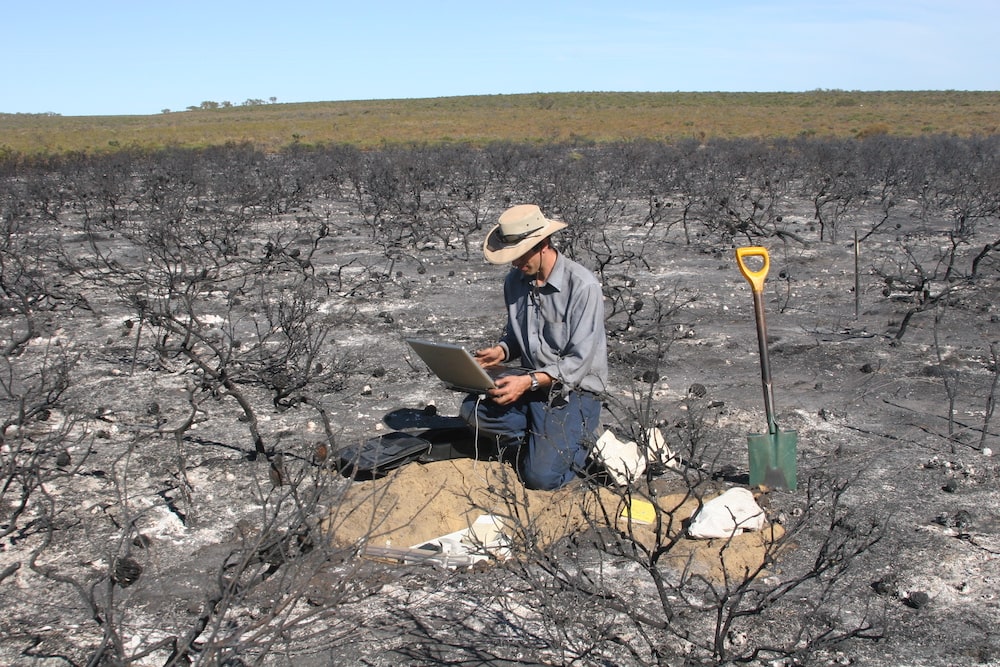
Dr Fontaine surveying a site following a prescribed burn
What happens when mines close?
In March 2020 a national consortium of researchers, including some from the HBI, formed a Cooperative Research Centre (CRC) for Transformations in Mining Economies (TiME) to support regional Australian communities facing mine closure. The CRC TiME has $29.5M from the Australian Government’s CRC program and over $100 million in cash and in-kind support from end-use partners.
The core aim of the CRC TiME is to increase certainty around mine closure timelines and future uses, reduce the likelihood of mine abandonment, and to support regional communities in diversifying their economies post mining.
Associate Professor Rachel Standish, who is co-lead of the HBI Terrestrial Ecology Research Group, said the collaboration would provide much-needed guidance on mine closure and relinquishment.
“There are few cases of successful mine closure and more than 50,000 abandoned mines across Australia,” Dr Standish said. “The challenge is clearly defined.”
HBI and its host, Murdoch University, will play an important role in the ten-year CRC research initiative, joining leading national academic researchers among more than 75 partners including mining companies, the Minerals Council of Australia, State and Commonwealth government departments and other key stakeholders.
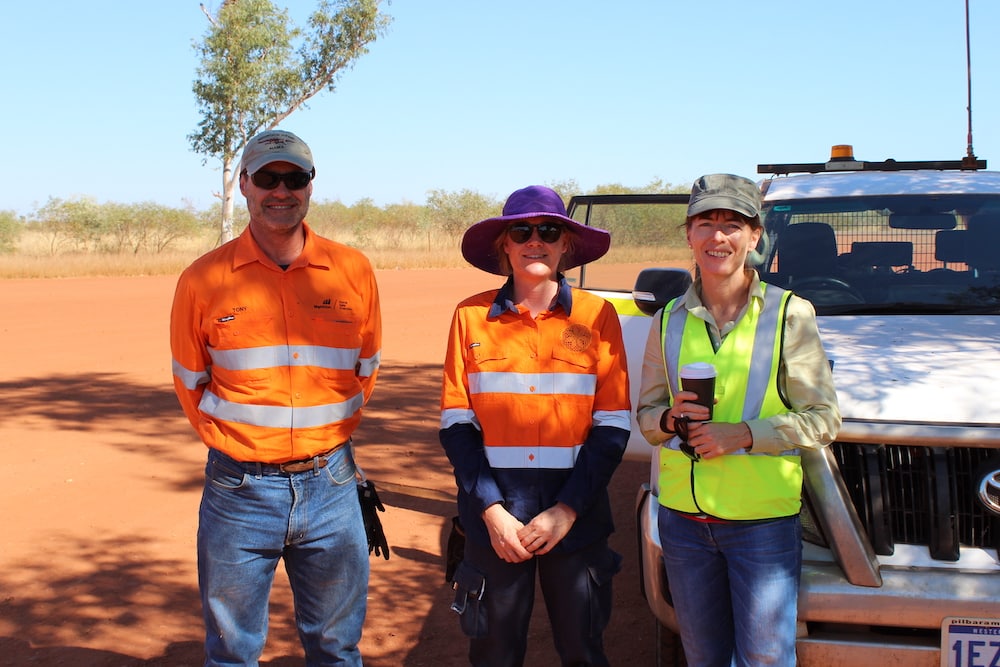
HBI’s Emma Stock (centre) and Rachel Standish (right) with BHP’s Tony Webster (credit: Guy Boggs (WABSI))
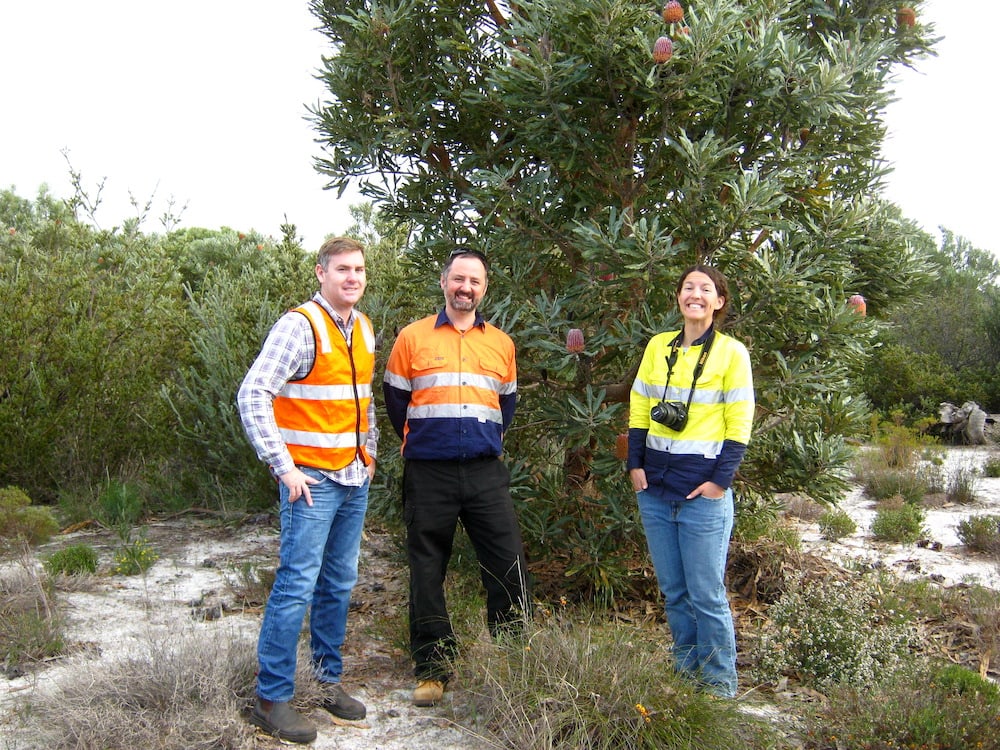
Jason Stevens, Ben Miller, (Kings Park Science) and Lauren Svejcar (ex-Murdoch University) at restored banksia woodlands at Gaskell sand mine north of Perth. (credit: Rachel Standish)


